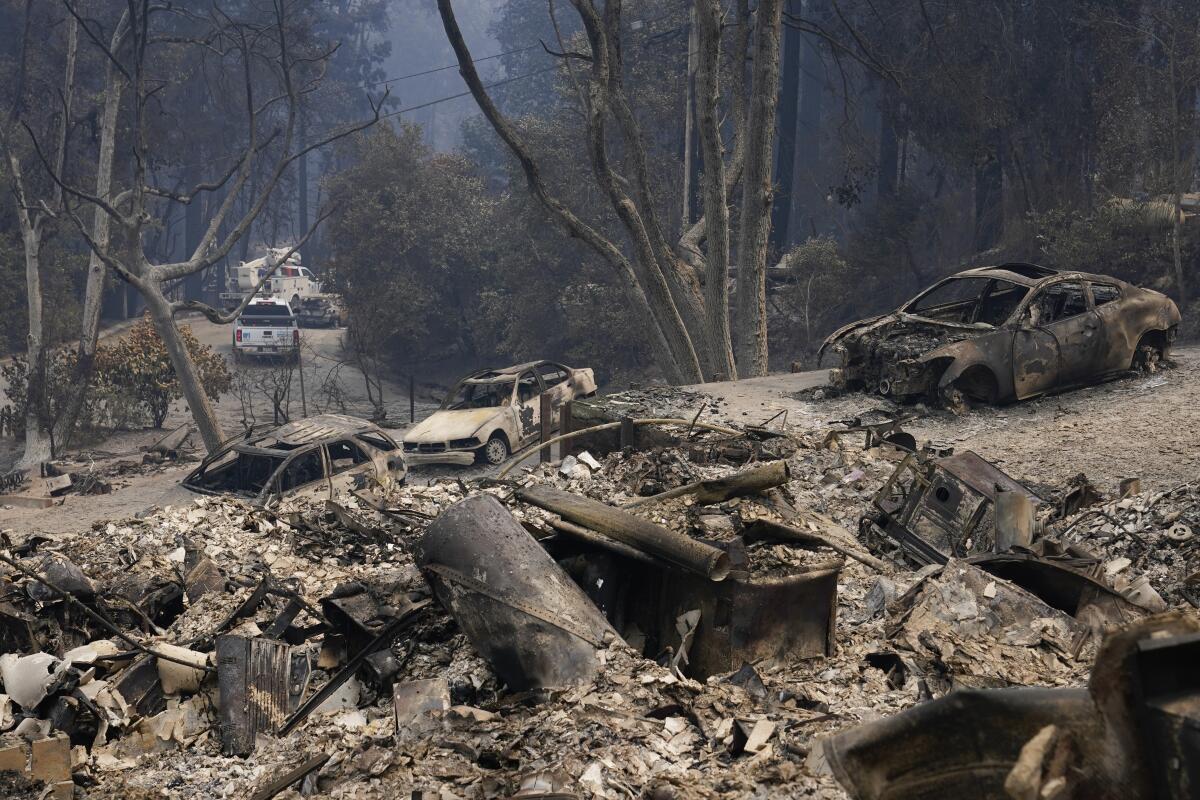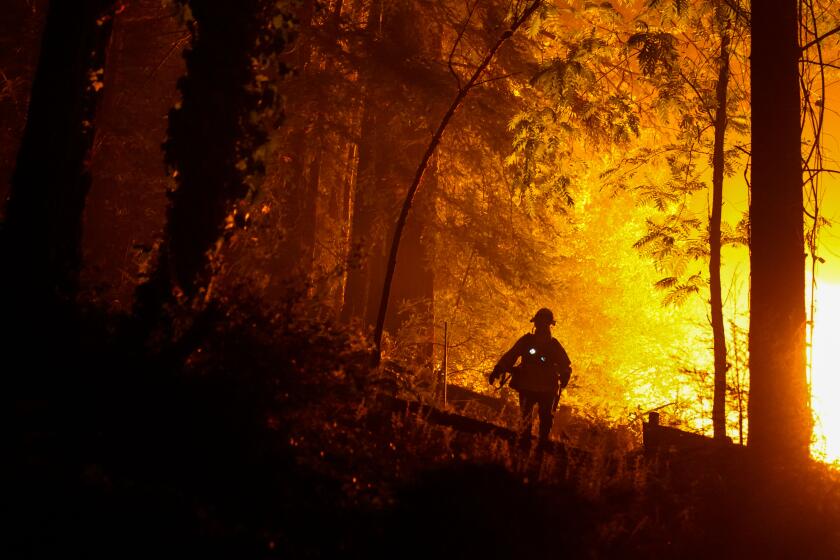Fighting CZU Lightning Complex fire cost $68 million

SANTA CRUZ — August’s CZU Lightning Complex fire — the largest blaze in Santa Cruz County history, according to CZU San Mateo-Santa Cruz Cal Fire Unit employees — cost more than $68 million to fight.
“This was a historic event and I hope we never have to have another fire any bigger than what we already had,” said CZU Unit Chief Ian Larkin. “We exhausted every available resource that we had available to us.”
On Monday evening, CZU Unit staff hosted an online webinar, reflecting on the wildfire and lessons learned. The resounding message from Cal Fire was that firefighter staffing numbers were not sufficient to fight the CZU Complex fire.
“Our system was totally strained,” Deputy Chief Nate Armstrong said. “This burned in a way that no fire has burned ever before in Santa Cruz County.”
Larkin echoed Armstrong.
“Our one key element was the sheer lack of resources,” Larkin said. “There was a total dynamic that drained the available resources to minimum drawdown levels statewide where we had to enact to go for resources out of state.”
Cal Fire staff said the strain was largely a result of the 585 wildfires burning across California during those August weeks. Many of those fires were ignited by lightning strikes, the same way the CZU complex began.
Armstrong said the lack of resources is a larger issue, and partly a result of the COVID-19 pandemic.
They couldn’t get help from the state. Or the feds. So volunteer firefighters in two Santa Cruz mountain towns tapped an elite network of emergency responders.
“We got hit pretty hard this last year due to COVID-19 and budget cuts,” Armstrong said, referencing recent Cal Fire employee salary cuts dictated by Gov. Gavin Newsom’s state budget, and a lack of inmate fire crews as a result of the pandemic. The deputy chief said with those budget cuts, money that would have funded an additional 500 Cal Fire employee positions dried up as well.
According to Armstrong, a total of 90 inmate crews were activated, as opposed to a total of 190 crews. Cal Fire is working to formalize contracts with the National Guard and the Conservation Corps to amp up staffing levels, according to Armstrong.
“Were definitely trying to increase staffing at all times. We’re trying to double what we have,” Armstrong said.
More to Read
Sign up for Essential California
The most important California stories and recommendations in your inbox every morning.
You may occasionally receive promotional content from the Los Angeles Times.











